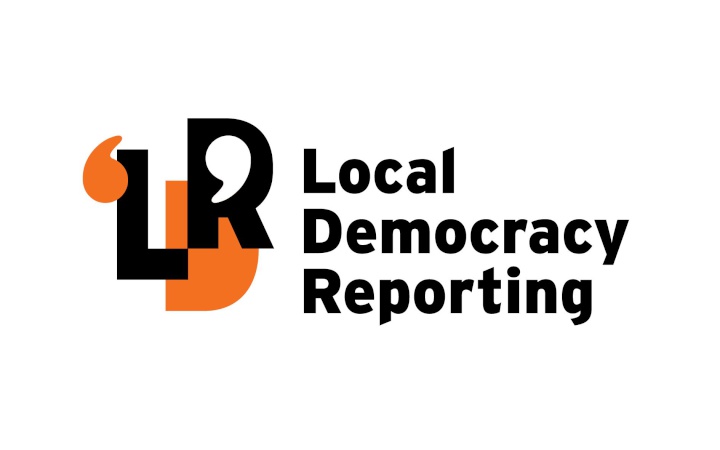Some Tasman residents say they face paying significant bills for flood protection work, despite their homes not being at risk from the river.
The imminent district-wide rating changes have been labelled as “unfair” by two Upper Moutere households facing the increased costs.
Neudorf Road resident Noël Jelsma received a letter from the council saying that the Y River Rating Area’s boundary was shifting to include his property.
He said the change could add up to another $700 to their rates bill despite his house and other capital improvements being located 300 metres away from and 15 metres above the Moutere River.
“It's absurd that there's a massive rate increase being proposed to protect us from a non-existent threat from which we gain no benefit at all.”
Properties in X and Y River Rating Areas pay higher rates than other properties to help fund river management work that they are deemed to benefit from.
Those rates are currently based on land value, but Tasman District Council will shift to using capital value from 1 July.
The change is meant to result in properties with higher capital value, and therefore a more valuable asset base, paying more to protect their assets.
Resident Michael Arbuckle described the changes as “a targeted wealth tax, and an unfair one at that.”
Unlike his neighbour Jelsma, Arbuckle's property does border the Moutere River and is already located within the Y River Rating Area, meaning that he is deemed to benefit from erosion control and river management work.
However, his capital improvements, like his house, also lie more than 10 metres above the river and aren’t threatened even when the river floods.
Arbuckle said he expected the change to capital value could cost him up to another $1000 in river rates, potentially a 700 per cent increase to what he currently pays, for no direct benefit to his property.
“This has nothing to do with any principled floodplain boundary or anything like that, it's just selected properties.”
Arbuckle presented his concerns to the council during its 10-Year Plan submissions hearing in May.
Councillors deliberated on the plan two weeks later, during which councillor Christeen Mackenzie asked if staff were “confident” in the council’s approach to river rating.
Environmental information manager Rob Smith acknowledged that river rating maps could be “more accurate” but added that rating layers are a “blunt tool”.
“It’s really hard to define the exact layer for the beneficiary base. It’s not just based on height,” he said.
“Our communities live adjacent to these rivers, they cross the bridges …
“The beneficiary who gains most also pays most.”
Mayor Tim King agreed and said rates are inherently unfair and that there will always be a “never-ending” debate about who benefits from specific rating layers.
“I completely accept the submitter’s concerns, understand them, but I’m just not sure there’s a solution that’s actually pragmatic.”
He added that the council has considered reviewing the entire river rating system in the past to create a fairer system but had shelved those plans due to the time and financial cost involved.
“It remains an option for the council to do in the future.”
Neither Jelsma nor Arbuckle accepted the commentary about the issue in the council chamber and wanted more accuracy in the river rating system.
“I think that's a lazy statement,” Jelsma said. “It does not take a great deal of effort to accurately map and assess the properties that you’re impacting.”
Properties impacted by changing river rating area boundaries were directly contacted by the council about that change.
However, properties within the rating areas were not directly contacted about the change from land to capital value for determining the amount of river rates they paid.
Just 17 submissions on the council’s 10-Year Plan were made about the change to capital value for river rating.
A small portion of every ratepayers’ rates bill also goes towards river management.
After deliberations on 23 May, the council agreed not to deviate from the river rating changes and maps that had already been proposed during the plan’s consultation process.
The final 10-Year Plan is expected to be adopted on 27 June and come into force on 1 July.
Local Democracy Reporting is local body journalism co-funded by RNZ and NZ On Air



 Gordon Campbell: On The Royal Commission Report Into Abuse In Care
Gordon Campbell: On The Royal Commission Report Into Abuse In Care PSA: Overturning Court Of Appeal Decision On Foreshore And Seabed Is Abuse Of Power
PSA: Overturning Court Of Appeal Decision On Foreshore And Seabed Is Abuse Of Power NZ Labour Party: Charter Schools To Remove The Rights Of Teachers
NZ Labour Party: Charter Schools To Remove The Rights Of Teachers Te Pāti Māori: Te iwi Māori Will Not Stand For Another Foreshore And Seabed
Te Pāti Māori: Te iwi Māori Will Not Stand For Another Foreshore And Seabed Cooper Legal: Lawyers For Survivors Support Royal Commission’s Call For Urgent Action
Cooper Legal: Lawyers For Survivors Support Royal Commission’s Call For Urgent Action IHC New Zealand: IHC Slams Winston Peters' Use Of Retard As An Insult In Parliament
IHC New Zealand: IHC Slams Winston Peters' Use Of Retard As An Insult In Parliament NZ Government: PM Speech To Parliament – Royal Commission Of Inquiry’s Report Into Abuse In Care
NZ Government: PM Speech To Parliament – Royal Commission Of Inquiry’s Report Into Abuse In Care


